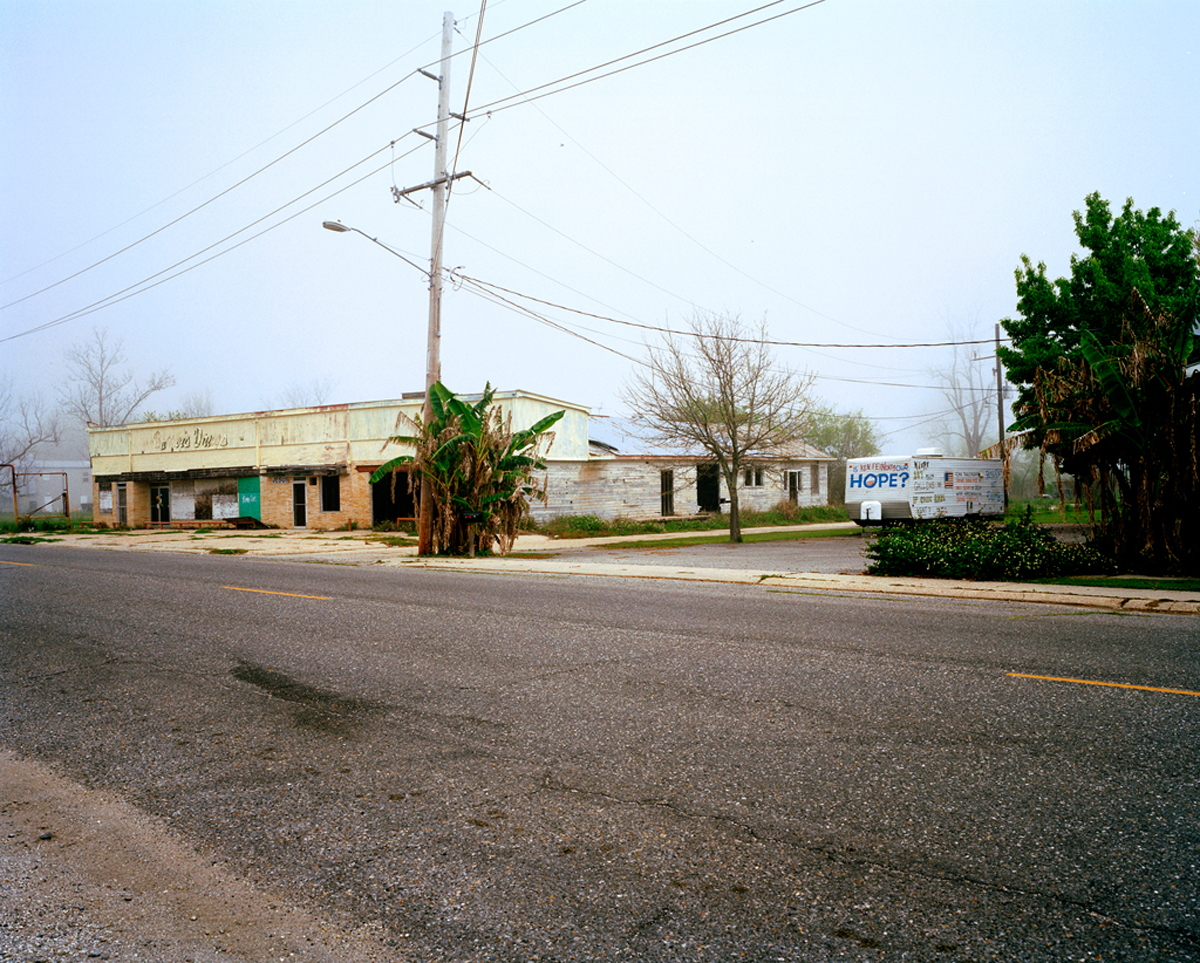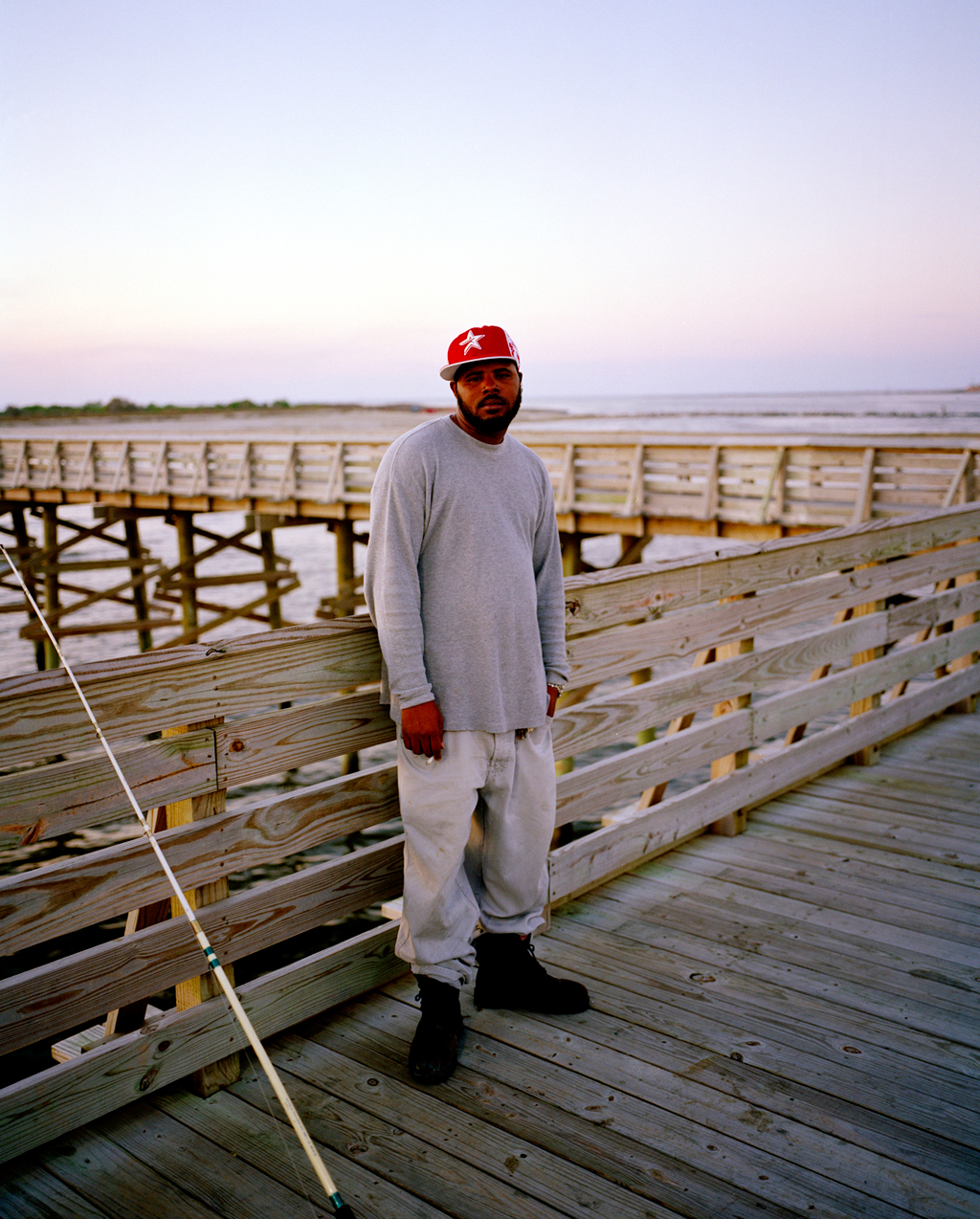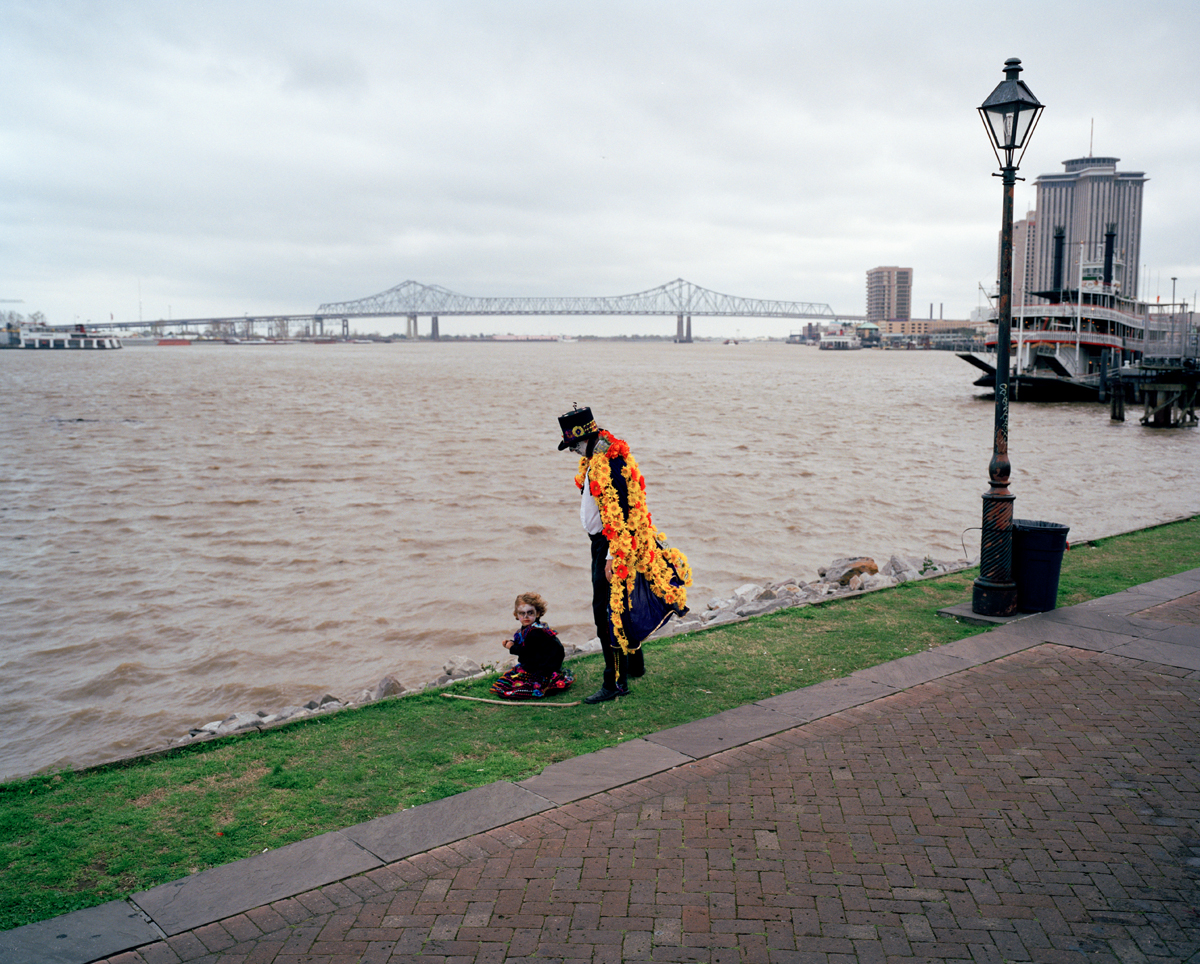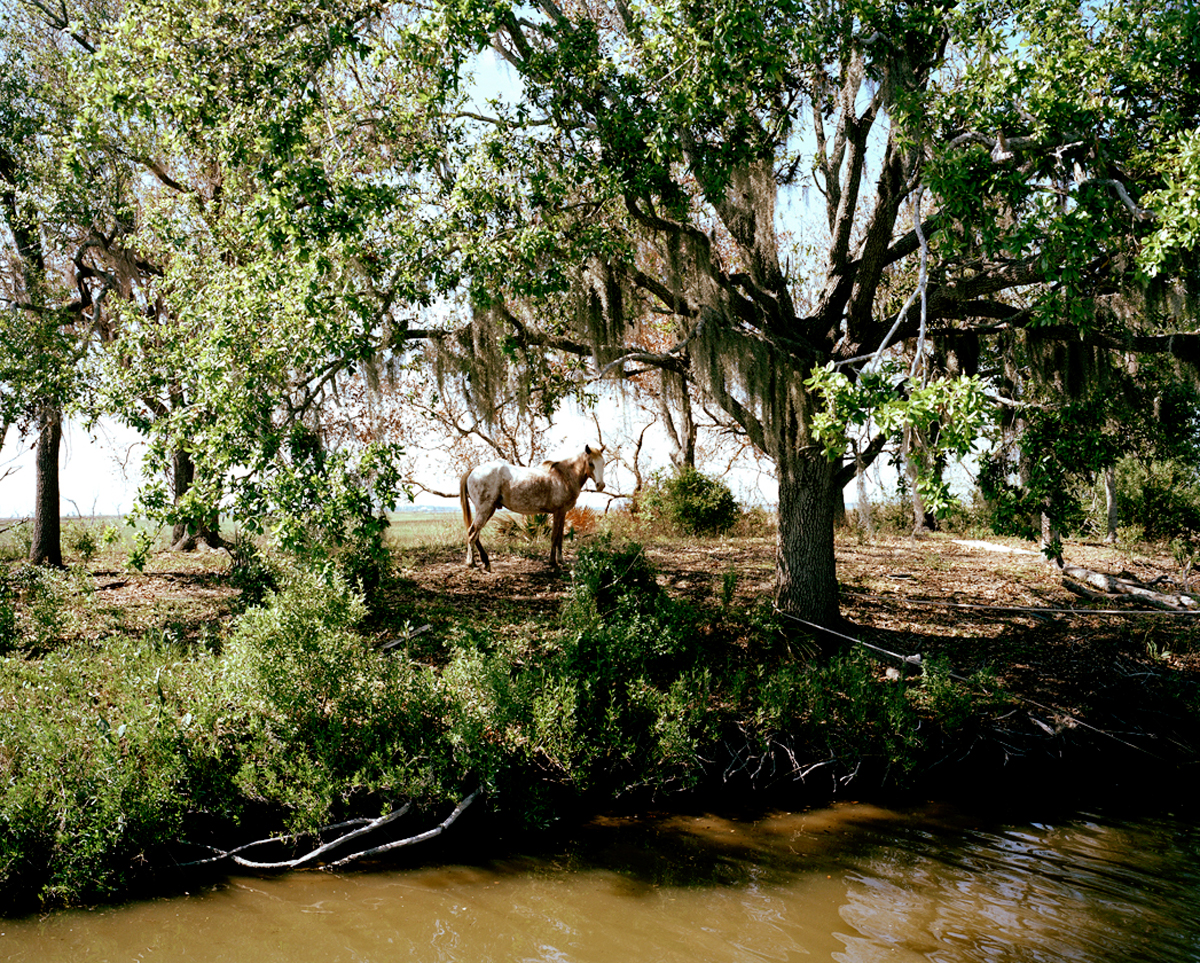Constanze Flamme was born 1981 in Husum, Germany. She studied Communication Design in Potsdam and photography in Amsterdam. Constanze has received travel and project grants from Academy of Arts, Berlin (2011) and VG Bild-Kunst (2012). Today we share her series, Troubled Water, which documents the aftermath of the 2010 deepwater horizon oil spill.


Troubled Water
One year after the explosion of the deepwater horizon I sought out evidence of the aftermath of the oil spill in the coastal region of Louisiana. How does it look like after the international media attention left the field, how does the long term impact interfere with daily life? What caught my eye was either the absence of information or the contradictory information about the long term environmental impact from official sites and the extraordinary commitment of local environment organizations and NGO’s, which lead to a blury atmosphere of uncertainty and insecurity. The Residents wonder if they and their children and grandchildren will be able to follow the way the families lived for generations. Will they find work in the affected coastal areas and manage to earn ther livelihood? Is the seafood safe? Within this uncertainty the daily life goes on.

Even though Louisiana looks in parts like a jaded place, being repeatedly hit by hurricans in 2005 and 2008 and shows still traces of the devastation and on top the oil spill increasing the economical hardships, the folk living there is rooted and resilient. But there is one evident difference in handling the devastation of a hurricane, people say. The damages by a storm and flooding prompt them to re-build their houses, the damage is visible. In contrary, the long term effects of the oil and chemicals pollution are not visible and force them to wait. A forced break, which doesnt fit to the tackling temper and endanger the livelihoods of the families.


This region of Louisiana faces not only threat to the coastal line as a consequence of the Oil Spill line. About 10,000 miles of canals and pipelines cut through the coastal marshes to services off-shore drilling sites. Due to that, the state is drowning: every thirty minutes a tract of marsh the size of a football field is swallowed by encroaching Gulf Waters. In addition to an ongoing threat of hurricanes, the rise of the sea level adds to the problem of land loss. As a result the wetlands can no longer function as a natural protective barrier against hurricanes, rendering the region even more prone to natural catastrophes.








To view more of Constanze’s work please visit her website.